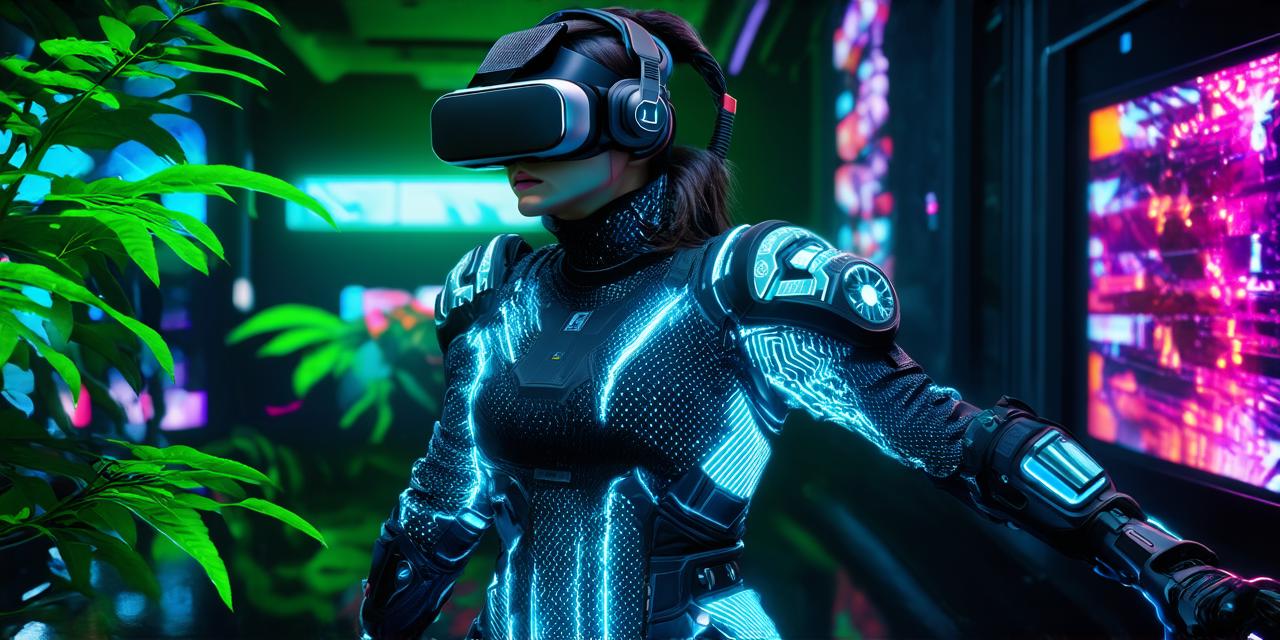1. Advancements in hardware
One of the biggest drivers of VR development is the ongoing advancements in hardware technology. With the release of more powerful processors, GPUs, and displays, developers are now able to create immersive experiences that were previously impossible. Additionally, wireless VR headsets are becoming increasingly popular, providing users with more freedom of movement and reducing the risk of tripping or bumping into objects while wearing a headset.
2. Increasing adoption in industries
As technology advances, we’re seeing an increase in the adoption of VR in various industries. For example, healthcare professionals are using VR to simulate surgical procedures, allowing them to practice and improve their skills without risking patient lives. In education, VR is being used to create virtual field trips and interactive learning experiences for students. Real estate agents are also leveraging VR to showcase properties in a more immersive way, giving potential buyers a better sense of the space.
3. Growth of the esports industry
Esports has become a massive industry in its own right, with millions of fans around the world tuning in to watch professional gamers compete in virtual worlds. As VR technology continues to advance, we’re likely to see even more immersive and interactive gaming experiences that will further fuel the growth of esports.
4. Emergence of new use cases
VR is still a relatively new technology, and there are bound to be new and innovative uses for it as it continues to evolve. For example, we’re already seeing VR being used in the fashion industry to create virtual runway shows and allow customers to try on clothes virtually before making a purchase. We may also see VR being used in the entertainment industry to create immersive experiences for moviegoers or even live music concerts.
5. Integration with other technologies
As VR continues to grow, we’re likely to see it being integrated with other technologies such as artificial intelligence (AI) and machine learning (ML). This could lead to more personalized and interactive experiences for users, as well as new applications for VR in areas like training and simulation.
6. Increasing accessibility
As VR technology continues to evolve, we’re likely to see it becoming more accessible to a wider range of people. With the release of more affordable and consumer-friendly hardware, we may see more families and individuals investing in VR headsets and experiences. Additionally, as more content becomes available for VR, we may see an increase in the number of people who are willing to try it out.
Predictions for the Future of VR Development
While it’s impossible to predict the future with certainty, here are some predictions based on current trends and developments:
- We will see a continued increase in the adoption of VR across industries
- The esports industry will continue to grow and evolve
- We may see new and innovative use cases for VR emerge
- VR will become more accessible to a wider range of people
- VR will be integrated with other technologies such as AI and ML
Conclusion
The future of VR development is bright, and we’re already seeing the technology being used in various industries such as healthcare, education, real estate, and esports. With ongoing advancements in hardware technology and increasing adoption across industries, it’s clear that VR will continue to play an important role in our daily lives. Whether you’re a gamer or just someone looking for new ways to experience the world around you, VR is likely to have something for everyone in the future.
